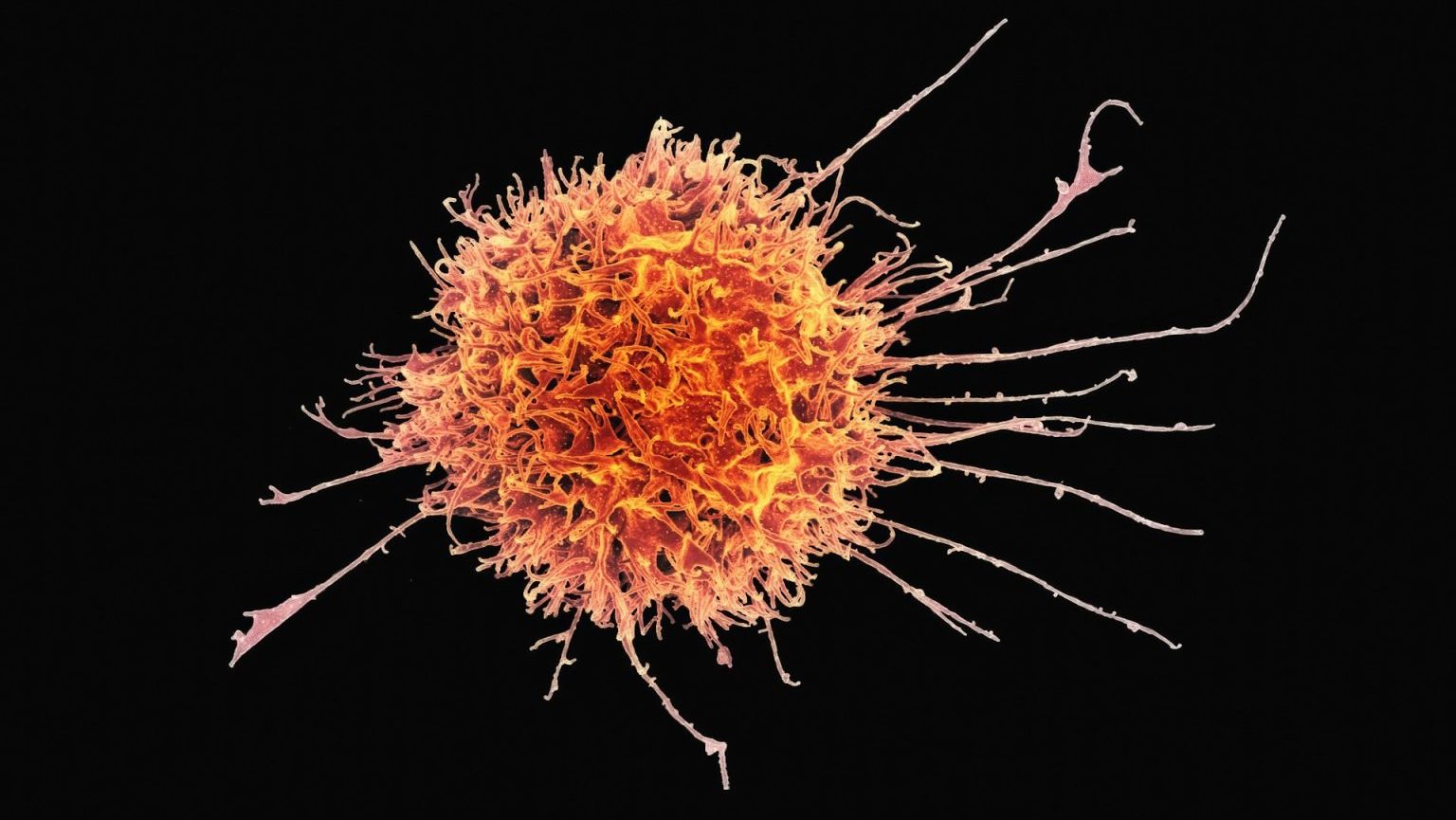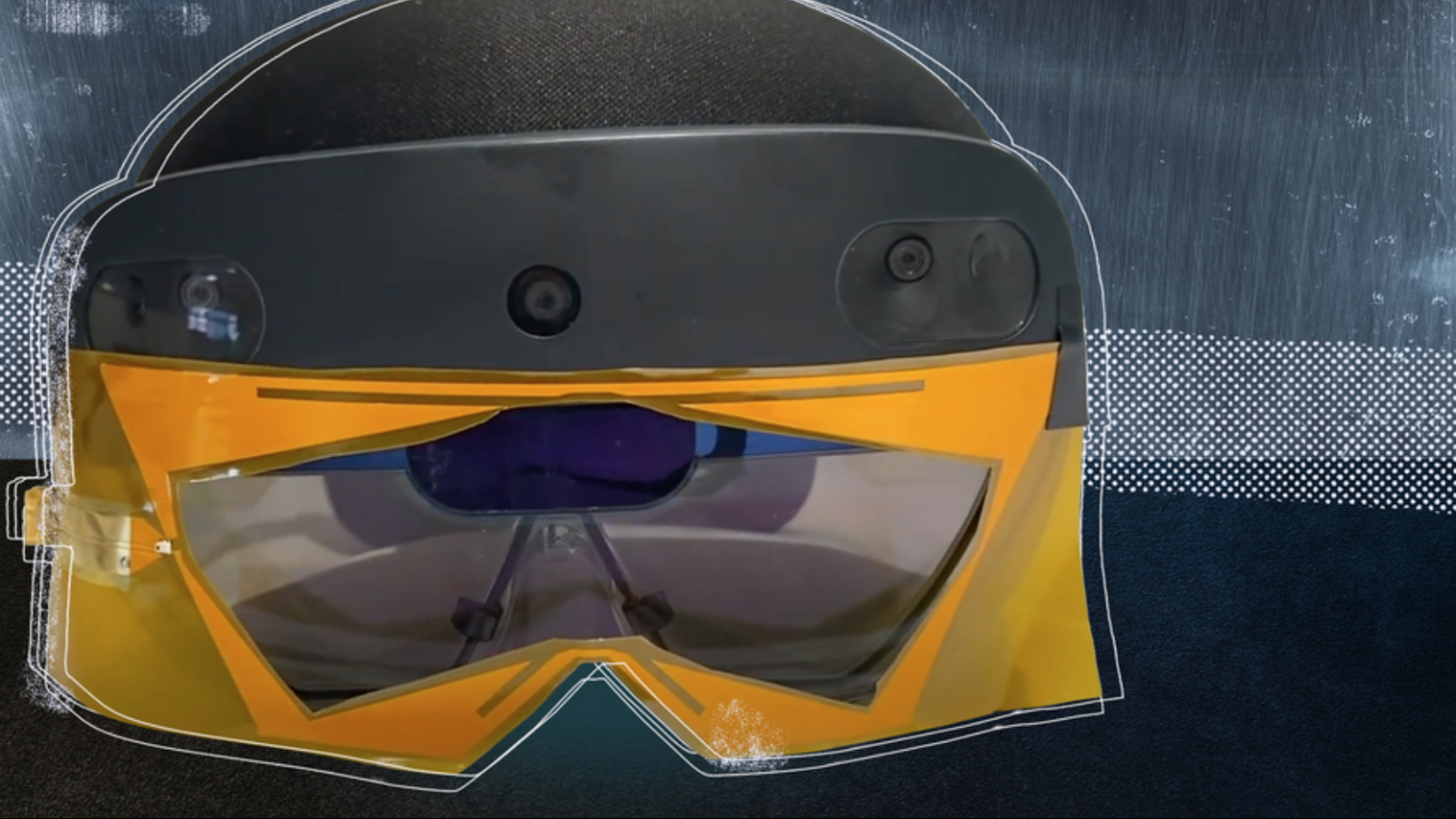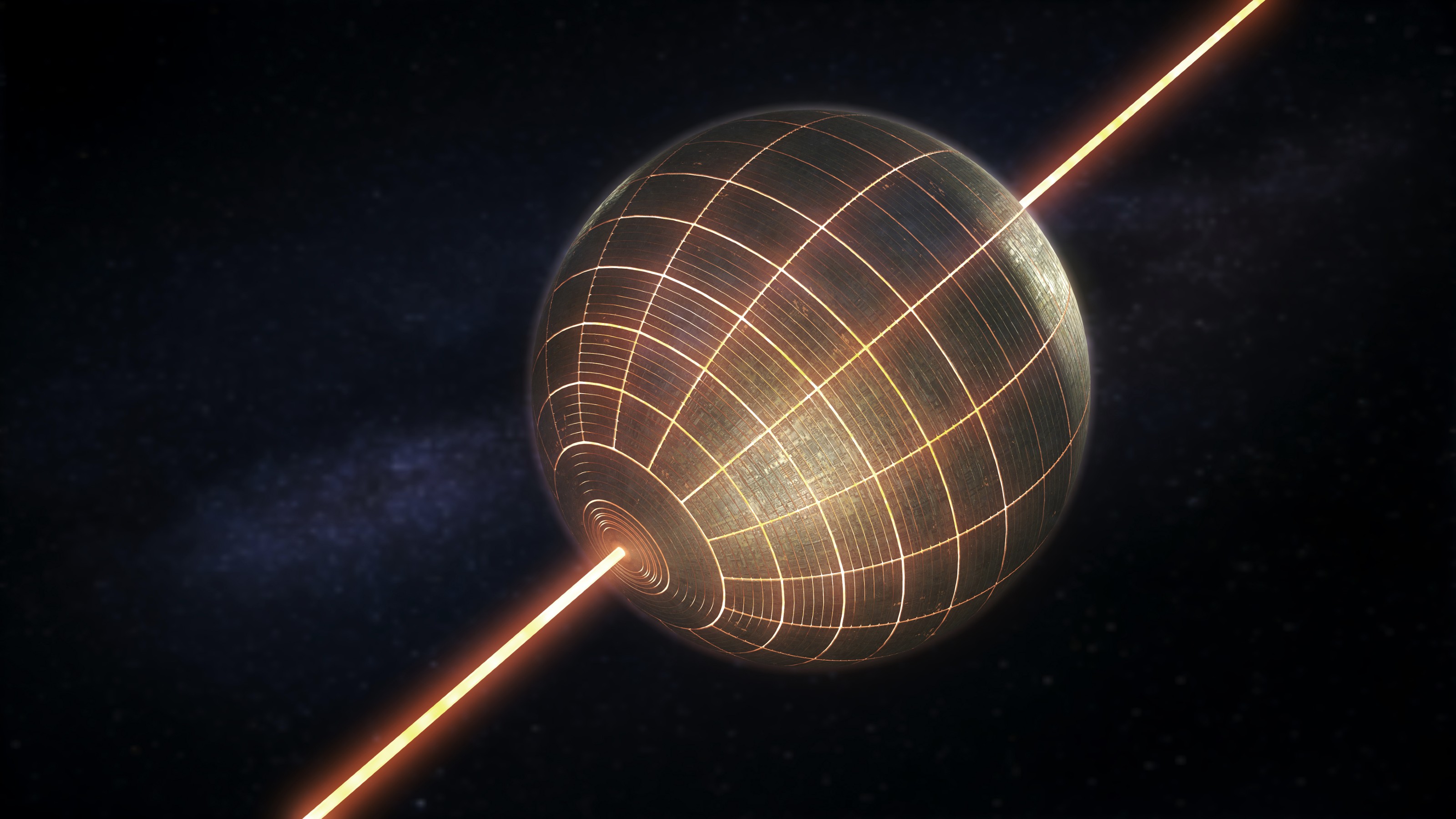Perhaps the most remarkable fact about the Universe is simply that it, and everything in it, exists. But what’s the reason why?
Search Results
You searched for: Systems
Lab experiments showed Caribbean box jellyfish are quick studies of their environment.
Vaccines targeting some of our deadliest cancers are showing promise in early trials.
The modern attention economy hijacks our ability to focus, but an ancient technique offers a means to get it back.
Propofol, a drug commonly used for general anesthesia, derails the brain’s normal balance between stability and excitability.
Do you think you know the Solar System? Here’s a fact about each planet that might surprise you when you see it!
An emerging field studies parasites that take over the nervous system of a host.
Some go gently into the night. Others die less prettily in freak accidents or deadly invasions, or after a showy display.
A Harvard astronomer went to the bottom of the ocean, claiming he recovered alien technology. But what does the science actually indicate?
Even if you aren’t in the path of totality, you can still use the solar eclipse to measure how long it takes the Moon to orbit Earth.
If you guessed “staying up all night to play video games,” you’d be right.
Despite their brief history, computers and AI have fundamentally changed what we see, what we know, and what we do.
LHC scientists just showed that spooky quantum entanglement applies to the highest-energy, shortest-lived particles of all: top quarks.
AI is both a tool and a catalyst — and the key to successful integration is to rewrite your rule book and tinker.
With the discovery of Porphyrion, we’ve now seen black hole jets spanning 24 million light-years: the scale of the cosmic web.
Katie Kermode — a memory athlete with four world records — tells Big Think about her unique spin on an ancient technique to memorize unfathomably long lists of information.
The conservation of energy is one of the most fundamental laws governing our reality. But in the expanding Universe, that’s just not true.
Modern autocracies operate “not like a bloc but rather like an agglomeration of companies,” says journalist and historian Anne Applebaum.
The classic picture of Jupiter’s great rocky core might be entirely wrong.
There is one obstacle that reliably blocks innovative ideas: how we fund science.
Estonia has long been seen as a pioneer in digitizing the democratic process.
For some reason, when we talk about the age of stars, galaxies, and the Universe, we use “years” to measure time. Can we do better?
The second law of thermodynamics tells us that entropy always increases. But that doesn’t mean it was zero at the start of the Big Bang.
Such discoveries help researchers better understand the development of molecular complexity in space during star formation.
The odds are slim, but the consequences would be literally world-ending. There really is a chance of a black hole devouring the Earth.
“It can truly allow you to see the physical world in ways that were not possible before.”
These theoretical megastructures represent one way an advanced civilization might harvest energy from stars.
Just 460 light-years away, the closest newborn protostars are forming in the Taurus molecular cloud. Here are JWST’s astonishing insights.
The visible Universe extends 46.1 billion light-years from us, while we’ve probed scales down to as small as ~10^-19 meters.




























